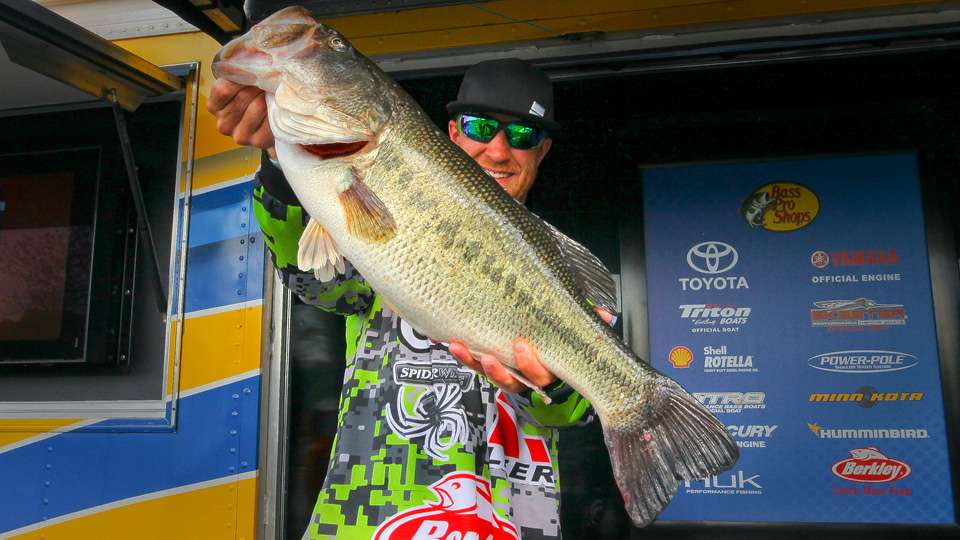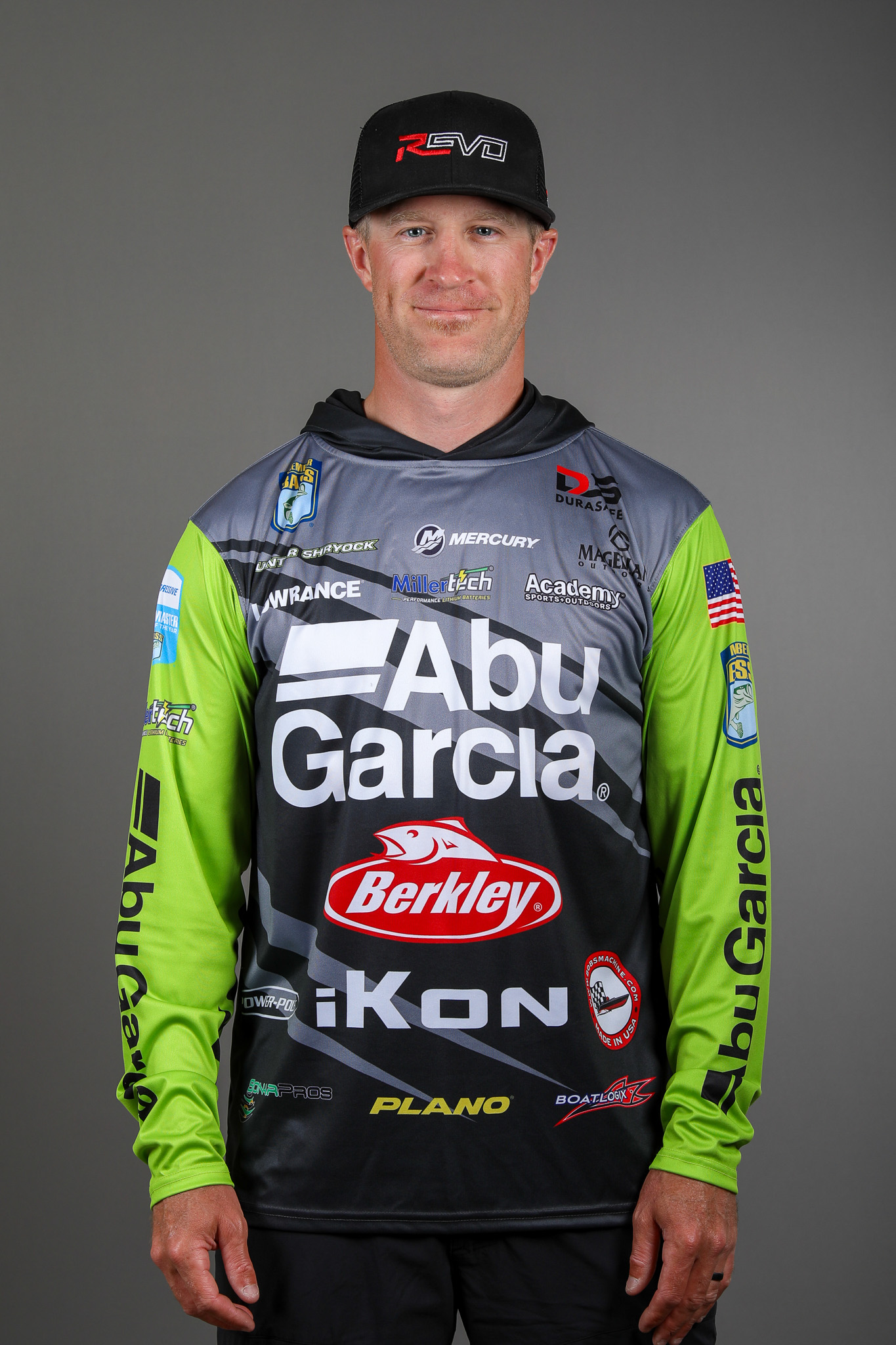
I grew up learning how to catch pressured bass from Ohio’s small inland reservoirs. These lakes have little in common with the fabulous smallmouth fishing in Lake Erie’s Western Basin. I often competed in 60-boat tournaments on lakes of less than 3,000 acres. And those were not electric motor only deals.
The bass in Ohio’s small lakes get hammered even when there isn’t a tournament going on. The Buckeye State has droves of avid bass anglers, and they get on the water at every opportunity. They know their home lakes intimately and there aren’t a lot of secrets.
To say that the bass in Ohio’s inland lakes are educated is a huge understatement. They have PhDs in how to avoid being caught. To get bit here I have to fish differently than what everybody else is doing. I often have to apply the same strategy when fishing Bassmaster Elite Series tournaments across the country.
When you turn the Elite pros loose for three practice days prior to a tournament, they scour the water so thoroughly that, to the bass, it’s like setting off a tornado siren. They hunker down and become gun-shy.
Most pros and weekend warriors downsize to cope with pressured bass, which is a good strategy. But this route isn’t always the best option, especially when everybody else is fishing finesse baits.
I try to be different in other ways. If I see everyone else flipping and pitching into shallow, brushy cover, I’ll fish the same places with a spinnerbait or squarebill.
Subtle changes also pay big dividends for me. If I’m flipping to the same cover other anglers are fishing the same way, I’ll downsize from 20-pound Berkley Trilene 100% Fluorocarbon to 15-pound and sometimes even 12-pound. I’m not really concerned that the bass are line shy. I downsize my line mainly because it gives my bait a more natural action.
I always pay attention to the rate of fall when I’m flipping. I usually have two or three different flipping rods rigged with the same bait, but with different weights. That’s true whether I’m fishing a Texas rigged bait or a jig.
When the bass want a bait that falls slowly and looks natural, I’ll go as light as 3/16 ounce. Other times I have to go as heavy as a 1-ounce bait that sinks fast and triggers an aggressive reflex strike. You have to experiment with different weights to find the most effective rate of fall.
Showing the bass something they haven’t seen has become almost a mantra. It’s a mantra I agree with. My something different is Berkley’s MaxScent soft baits. They’re made from a new durable material that releases a super-charged scent field. I’ve never been a giant believer in scents, but there’s no doubt that pressured fish will eat MaxScent baits. The material is soft and spongy, almost porous.
I believe subtle color changes in soft plastic baits can also make a big difference when you’re dealing with pressured bass. I don’t mean anything crazy. I fish green pumpkin baits a lot. Switching to a green pumpkin bait that has blue flake may be enough to coax extra bites.
Stealth is important when you’re trying to catch pressure fish, particularly bass in shallow cover. The bass hear boats and trolling motors come past them day in and day out and the disturbance puts them off. I ease up to cover with my trolling motor on a low speed. And I plan my moves a few steps ahead to avoid making too much commotion.
You can’t beat Power-Poles in this situation. They can prevent you from drifting too close, and they’ll hold you quietly in place so you can thoroughly dissect cover without disturbing the bass with trolling motor noise.
When I’m fishing a laydown or some other piece of cover that has several targets, I start on the outside edge of the cover and work my way into it. If your first pitch is into the heart of the cover and you snag, you’ve blown any chance of catching a bass there.
I’m not saying that I don’t fish finesse baits for pressured bass. I do. I’ve recently added the Ned Rig to my finesse bait arsenal.
One situation where I’ve put the Ned Rig to use is when other anglers are parallel casting down a stretch of riprap. I stay farther off the riprap and cast the Ned Rig straight to the rocks. Then I work it back painfully slow, even deadsticking it at times. This lets me pick off bass other anglers have run over with their boats.





